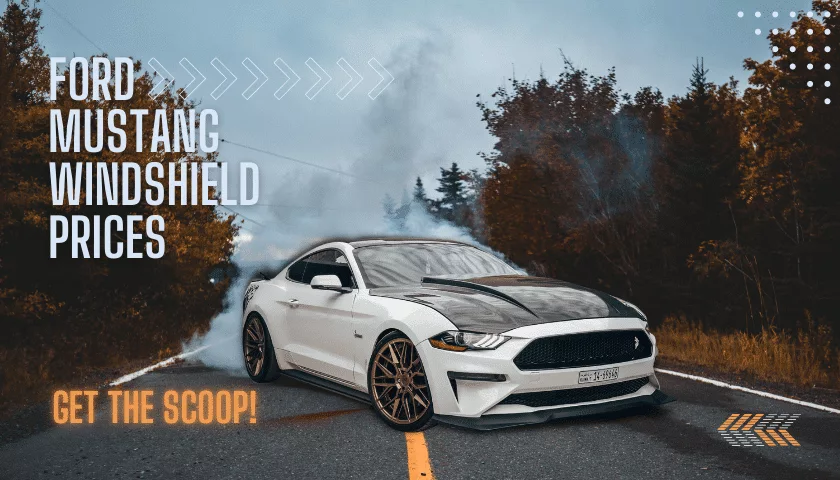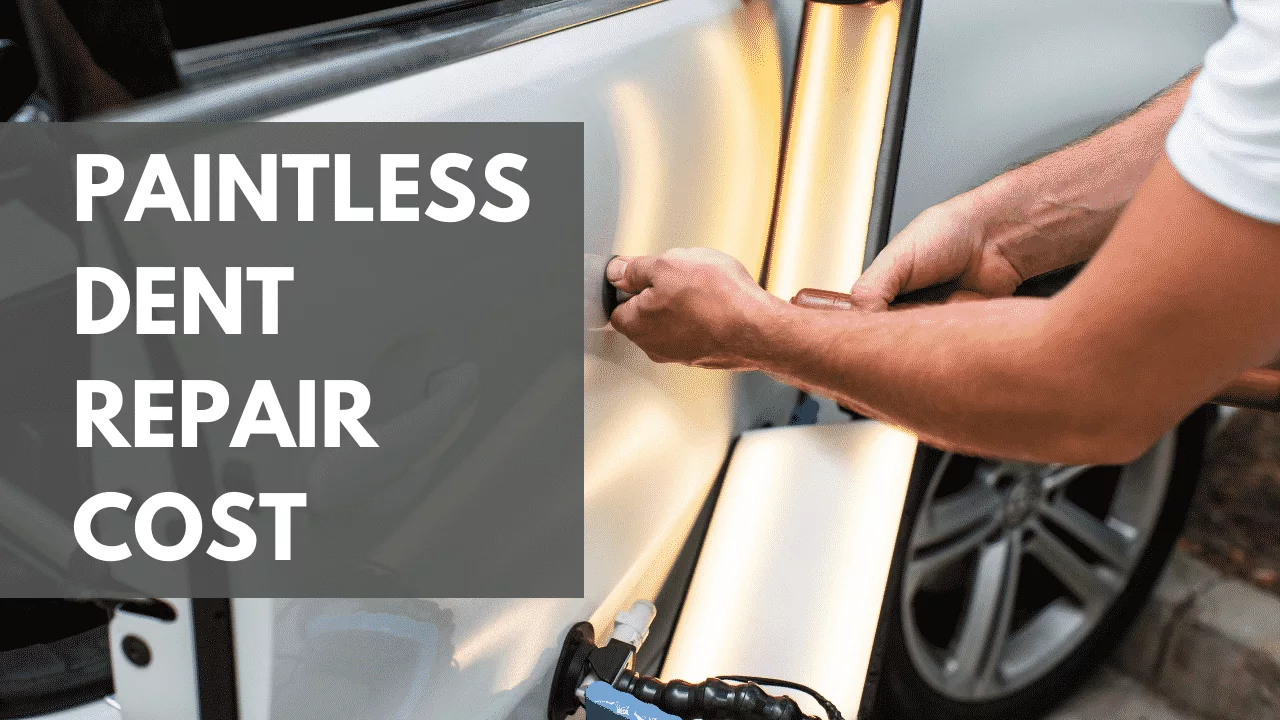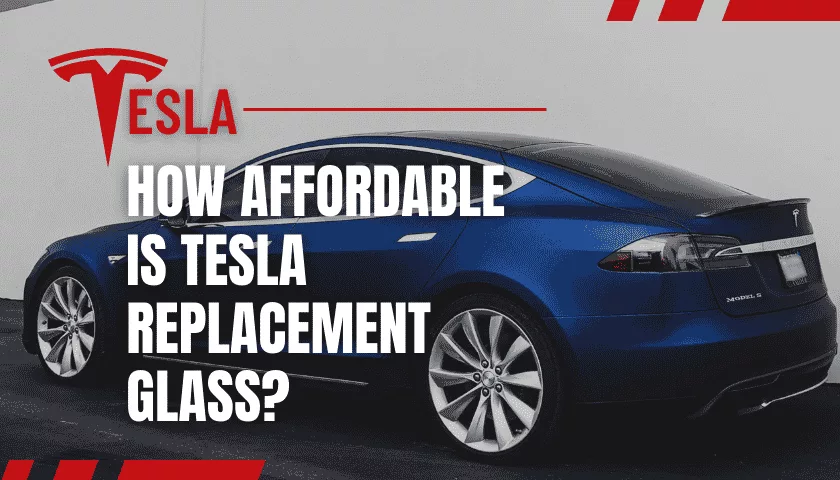
Ford Mustang Windshield Prices
If you have a Ford Mustang Coupe or Convertible, replacing its windshield can be expensive. Depending on the year model of the vehicle, prices for a new windshield may range from $350 to $975. Some Mustang models may require additional fees for sensor calibration if they are equipped with Lane Keeping Alert and /or Lane Keeping Assist technologies.
Ford Mustang Auto Glass Estimates
The Ford Mustang has seven glass pieces on models equipped with a sunroof and only six on standard hard tops and convertibles. The following table outlines the average Ford Mustang windshield replacement prices for coupes and convertibles and costs for other glass pieces on each vehicle type.
The range below is based on averages across the United States and may vary depending on your location. To discuss your vehicle and get exact details, select the “Find Local Shops Now” button to find and speak with the glass shop closest to your location.
Ford Mustang Coupe Glass Prices
| Glass Part | Average Price |
|---|---|
| Front Windshield | $350 to $975 |
| Driver-Side Front Door Window | $385 to $495 |
| Passenger-Side Front Door Window | $385 to $495 |
| Driver-Side Quarter Window | $465 to $1,175 |
| Passenger-Side Quarter Window | $465 to $1,175 |
| Back Glass | $495 to $575 |
| Stone Chip Repair (per chip) | $75 to $125 |
Ford Mustang Convertible Glass Prices
| Glass Part | Average Price |
|---|---|
| Front Windshield | $450 to $975 |
| Driver-Side Front Door Window | $395 to $510 |
| Passenger-Side Front Door Window | $395 to $510 |
| Driver-Side Quarter Window | $575 to $725 |
| Passenger-Side Quarter Window | $575 to $725 |
| Stone Chip Repair (per chip) | $75 to $125 |
Your price may vary depending on where you live, local labor costs, and the selected glass type. (Ex: Prices in Oregon for OEM and Aftermarket glass might be higher than in Arkansas.)
Recent Online Price Quotes
It is essential to compare prices from multiple sources before making a decision. Below are some of the latest quotes in different cities across the U.S. As you can see from the chart below, these prices vary between cities and states, so we recommend speaking with the glass company closest to you for more specific information on your Mustang replacement. Enter your zip code in one of the search forms on this page to find the closest glass specialist now.
| 2008 | Windshield | $386.87 | Marshall, TX 75672 |
| 2009 | Windshield | $344.65 | La Puente, CA 91744 |
| 2004 | Windshield Ford With Mustang Pony Logo | $344.78 | Eugene, OR 97401 |
| 2007 | Windshield | $392.35 | Bonaire, GA 31005 |
| 2019 | Windshield | $420.35 | Oakland, CA 94601 |
| 2021 | Windshield Ford with Ford Logo | $568.67 | Springtown, TX 76082 |
| 2007 | Back Glass Coupe Heated | $516.86 | Irvine, CA 92604 |
| 2020 | Windshield Ford With Mustang Pony Logo | $968.56 | Pasadena, CA 91101 |
| 2005 | Windshield repair (1 rock chip) | $85.00 | Kennesaw, GA 30144 |
| 2019 | Windshield with Acoustic Interlayer Rain/Light Sensor Panoramic Glass Roof, Lane Departure Warning with High Beam Assist | $1,151.35 | Marysville, WA 98270 |
| 2017 | Windshield | $517.67 | Fresno, CA 93720 |
| 2013 | Windshield | $343.25 | Daly City, CA 94014 |
| 2021 | Windshield with rain sensor and Blue Visor Band | $973.12 | Dublin, GA 31021 |
| 2017 | Windshield | $421.45 | Colorado Springs, CO 80915 |
| 2011 | Windshield Ford With Mustang Pony Logo | $465.45 | Noblesville, IN 46060 |
| 2006 | Windshield | $292.04 | Republic, WA 99166 |
| 2021 | Windshield with Rain Sensor and Heads Up Display | $976.54 | South Gate, CA 90280 |
| 2015 | Windshield | $391.24 | Willimantic, CT 06226 |
| 2003 | Windshield | $454.98 | Fort Lauderdale, FL 33327 |
| 2011 | Windshield | $346.76 | Palmdale, CA 93551 |
| 2007 | Windshield | $286.67 | Gentry, AR 72734 |
| 2013 | Windshield | $345.15 | El Dorado Hills, CA 95762 |
| 2010 | Windshield Ford With Mustang Pony Logo | $464.75 | Wilmington, NC 28411 |
| 2003 | Windshield | $342.35 | Pittsburgh, PA 15204 |
| 2013 | Windshield | $343.45 | De Pere, WI 54115 |
Services Offered
| Windshields | Vent Glass |
| Rear Windows | Rock Chip Repair |
| Door Glass | Sunroof Window |
| Quarter Glass | Regulator Repair |
Glass Types
When choosing the right type of glass for your Ford Mustang, there are two main options: OEM and aftermarket. Although both offer protection from the elements, each has distinct differences that can make one option better.
OEM glass is designed to match the exact specifications of the window installed by the Ford manufacturer, so they often fit better and are easier to install. In addition, since they’re made from original parts, you’re more likely to get a quality product that adheres to the safety standards set by Ford. The downside is that OEM glass is much more expensive than aftermarket ones.
On the other hand, the aftermarket brands offer an inexpensive alternative with a wider range of styles and designs. However, these products don’t come with factory-approved quality assurance and may not fit as well on your car. Furthermore, cheap versions of aftermarket clone products may not use original materials or adhere to safety standards set by the manufacturer — so buyer beware!
Whether to buy OEM or aftermarket depends on what you prioritize in a car part: budget or quality assurance. If cost is your main concern, then look into aftermarket parts; however, if you’d rather have peace of mind knowing your product is original, then go with an OEM piece. Whatever you decide, use due diligence when researching different brands, so you know what’s best suited for your Mustang’s needs.
Recommended Automotive Services
Regular automotive maintenance is a key part of owning and operating a Ford Mustang. Quality car care can help prevent serious engine damage, ensure the vehicle’s longevity, and protect its value. As such, it is important to stay up-to-date with the factory-recommended maintenance services for your vehicle.
When it comes to keeping your Ford Mustang in optimal condition, there are five essential maintenance services recommended by Ford: Oil Changes, Filter Replacements, Brake Inspections & Adjustments, Tire Rotations, and Cooling System Flush & Fill.
1. Oil Changes – Forcing clean oil through your engine helps keep components running smoothly while preventing corrosion simultaneously. Oil changes should occur every 5,000 to 7,500 miles or as specified by the owner’s manual.
2. Filter Replacements – Clean air filters improve engine performance and seat worn engine parts from ingesting dirt or other particles that could harm their operation over time. Air filters should generally be changed every 12 months or 12K miles when driven under normal conditions.
3. Brake Inspections & Adjustments – Careful inspection and maintenance of brakes can help reduce noise levels while ensuring control and responsiveness when driving in any situation or environment. It is best practice to test the brakes at least once a year or every time tires are rotated on the Ford Mustang (or as specified in your owner’s manual).
4. Tire Rotations – During tire rotation sessions, at least one section of each tire is switched out with an alternate set (front/back) for better wear distribution between all four wheels throughout their lifespan. Tires need to be checked regularly for any signs of wear/tear and pressure levels, and this should include rotations every six months or 6K miles on average.
5. Coolant System Flush & Fill– Keeping a constant temperature inside the radiator will create an adequate driving experience for those who drive their Mustangs around frequently during warmer seasons. Checking fluids such as coolants often presupposes standing issues before they cause real issues within the vehicle itself, which can cost both money and time if repaired after the fact. To prevent further problems down the line, ensure a Coolant System flush/fill takes place annually (if not more) depending on driver intensity and climate changes that may affect ordinary routines in operating one’s vehicle safely.
FAQ
What causes Wind Noise after a Windshield Replacement?
No one likes hearing excessive wind noise after a replacement. Sometimes, this can even mean the job needs to be done again. But usually, it’s just because of a simple fixable issue. Here are some possible reasons you might hear this extra noise.
- Weather: Cold and wet weather can cause the urethane to dry at different speeds than listed in the instructions. This means the glass might not have a solid seal before you start driving, which can cause air pockets leading to wind noise and water leaks.
- Driving Before the Urethane is Dry: The urethane used in auto glass replacement bonds the car frame and glass together when it dries. If you drive your car before it’s dry, air leaks get created that could cause noisy air penetration into your car cabin at high speeds.
- Gaps Between Glass and Car Frame: Not seating the new windshield properly can mean gaps or spaces between the glass and vehicle frame. You should ensure all these edges create a snug fit to avoid any extra noise from these gaps getting into your cabin at high speeds. Check out our article on additional items to check if you have wind noise.
How soon can I drive after a windshield replacement?
It is safe to drive after a windshield replacement once the vehicle has been completely cured, typically within one to two hours depending on the urethane type. Driving before this may compromise the integrity of the installation and present a safety risk due to the material used during installation not completely bonding to the glass.
As mentioned in the wind noise section above, the exact curing time for urethane can vary depending on climate and environmental exposure. For example, if it’s humid outside, it might take longer to cure than if it were cold and dry. Exact curing times are usually stated on urethane manufacturer instructions; these times should be followed for a secure and safe windshield installation.
Why Do Some States Need a New Inspection After Windshield Replacement?
In many states, a windshield is considered an important safety component and replacing it changes its structure, affecting the factory performance of airbags and seat belts. Depending on state laws, new inspections might be necessary to confirm that the replacement has been adequately done. However, if your state doesn’t require a new inspection sticker, the repair technician may be able to transfer the original sticker from the old windshield to the new one. Check USA.gov to review your state laws.
Generally speaking, it is recommended both from a legal standpoint and for ensuring the safety of passengers in the case of an accident. A good quality replacement must pass all necessary tests to be legally certified for use on public roads.
When Can a Windshield be Fixed Instead of Replaced?
In most cases of chips and cracks in a car’s windshield, repairing the problem is much more cost-effective than replacing the entire windshield. Depending on the severity of the damage and other factors, such as the location and size of the chip or crack, an auto glass repair specialist may be able to fix the problem with specialized resin rather than totally replacing the windshield.
Repairing small chips, gouges, bull’s eyes, and star cracks are usually considered candidates for windshield repair. If the chip or crack is half an inch or less in length, this is usually seen as a good candidate for repair because doing so helps keep structural integrity intact. If left untreated, any imperfection can expand over time, making it increasingly difficult and expensive to repair properly.
You will likely need a replacement for larger issues with multiple cracks extending beyond an area as large as one square inch. As a rule of thumb, if you can place two coins together side-by-side that measure one inch each, the size of your issue will likely require a total replacement rather than simple repairs.
Anytime you experience chipping or cracking on your windshield, it’s important to seek professional advice from auto glass specialists before deciding on repairing versus window replacement. Whatever option you take should ensure that all safety regulations are met when driving your car again after fixing your windows.
Is it possible to manually close the Mustang convertible top?
Sometimes, a blown fuse or loose wire connection can prevent your Mustang’s convertible top from lowering automatically; if this happens, you’ll need to manually lower and secure your vehicle’s fabric roof to drive safely. The process might vary slightly between year models, but the details below should help.
To do this, locate the release lever inside the car. Generally, this lever is located near either the driver or passenger seat. Pull the lever to disengage the mechanism that secures the top, then fold down both sections of the fabric roof. Start with the front section and then the rear section. It’s important to tuck in any loose material after folding down each part of the convertible top to ensure nothing is caught or accidentally torn. Finally, pull it closed and latch it into place securely to ensure it stays shut while driving.
Is a new top required when replacing the back glass on a Ford Mustang convertible?
Unfortunately, the Mustang’s rear window is one piece, so a new top will be necessary. Convertible tops for Ford Mustangs can range drastically in price depending on whether you have them sourced through a dealership or after-market provider. Prices can be between $2,000 and $7,000, making it a sizable expense when considering replacing your convertible top.
Key Takeaways
- Replacing the windshield of a Ford Mustang can be expensive. Depending on the year of your coupe or convertible, the cost of a new windshield can range from $350 to $975.
- It is important to stay up-to-date with the factory-recommended maintenance services for your vehicle to ensure longevity and resale value.
- Oil changes should occur every 5,000 to 7,500 miles or as specified by the owner’s manual.
- Air filters should generally be changed every 12 months or 12K miles when driven under normal conditions.
- Depending on state laws, new inspections might be necessary to confirm that the replacement has been adequately done.
- Tires need to be checked regularly for any signs of wear/tear and pressure levels, and this should include rotations every six months or 6K miles on average.
- Wind noise after a windshield replacement is often due to improper installation by the technician or driving too soon after the installation is finished.
- Replacing the back window on a convertible Mustang requires a new top.
Let’s Talk
Get your Ford Mustang’s windshield replacement done right the first time by calling an experienced professional auto glass specialist. Auto Glass Locator offers high-quality windshield replacements for all models of cars and trucks, backed by certified and trained auto glass technicians and the best materials available.
At Auto Glass Locator, we prioritize safety and customer service satisfaction with every job. We guarantee the results of your windshield replacement, ensuring it meets all safety regulations before returning it to you. Our convenient mobile service makes it easy to get your car fixed without taking extra time out of your day. With us, you can rest assured that you will be back on the road in no time!



